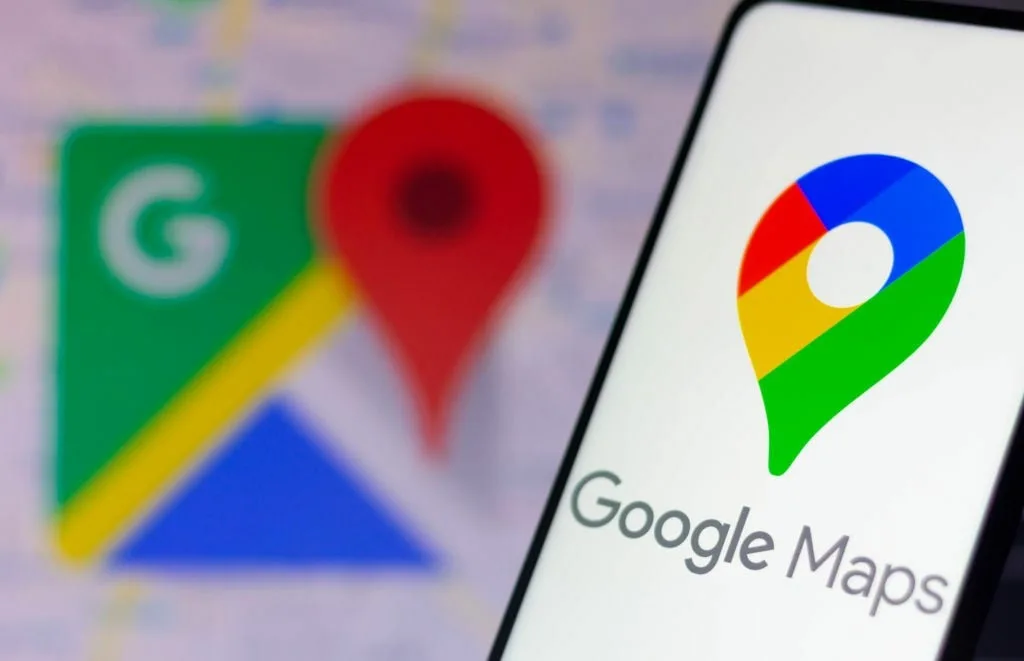Google Maps – From navigation tool to multifaceted platform. Know all details here.

Google Maps Directions Lands Kerala Youths In Trouble
Google Maps, born out of the 2004 acquisition of Where 2 Technologies, has transformed from a basic map service into a global navigation powerhouse since its 2005 launch.
Initially named “Google Local,” it started with essential map functions and local business search, evolving over time to incorporate features like Street View, real-time traffic data, and turn-by-turn navigation.
The 2013 acquisition of Waze infused community-driven data into Google Maps, enhancing real-time incident reports. From offline maps to integration with various transportation modes, continuous innovations propelled Google Maps into an indispensable navigation and information platform.
With over 1 billion daily users, Google Maps assists in finding optimal routes for driving, walking, biking, or public transit. It relies on historical data, real-time information from sensors and smartphones, machine learning, and integration with Waze and Traffic Management Centers to estimate traffic and determine routes.
Key Components of Google Maps’ Technology:
- 1. Historical Data: Google Maps utilizes historical data, collected over many years, to estimate average speeds on roads at different times and days. This data enables predictions of future traffic based on past patterns.
- 2. Real-time Data: Sensors installed by government agencies or private companies, along with data from Android phone users with GPS enabled, provide real-time information on current traffic conditions. This data is aggregated and displayed as colored lines on the traffic layer in Google Maps.
- 3. Machine Learning: Google Maps employs Graph Neural Networks, a form of machine learning, to analyze historical and real-time data. This helps in understanding complex relationships between data points, such as roads, intersections, and traffic signals. Machine learning enhances predictions, considering factors like weather, accidents, and road closures.
- 4. Waze Integration: Data from Waze, a navigation app acquired by Google in 2013, enriches Google Maps with real-time reports from users about traffic incidents, accidents, slowdowns, and more. This collaborative approach ensures up-to-date and accurate traffic information.
- 5. Traffic Management Centers (TMCs): Google Maps integrates with TMCs established by transportation authorities. These centers monitor traffic conditions using advanced technologies, including surveillance cameras and road sensors. Google Maps taps into this network to receive real-time updates, contributing to comprehensive and precise route recommendations.
Advantages and Impact:
Time and Fuel Savings: Google Maps enables users to find the fastest routes, saving time and fuel by avoiding congested areas.
Environmental Impact: By offering insights into traffic conditions, Google Maps promotes environmentally friendly transportation choices, such as biking or public transit.
User Empowerment: Users have control over their travel plans, reducing stress and enhancing the overall travel experience.
Exploration: Google Maps serves as a tool for exploration, helping users discover new destinations, restaurants, parks, or landmarks during their journeys.
In conclusion, the technology behind Google Maps showcases a remarkable journey from a concept to a multifaceted platform that not only facilitates navigation but also enhances the overall travel experience for users worldwide.









